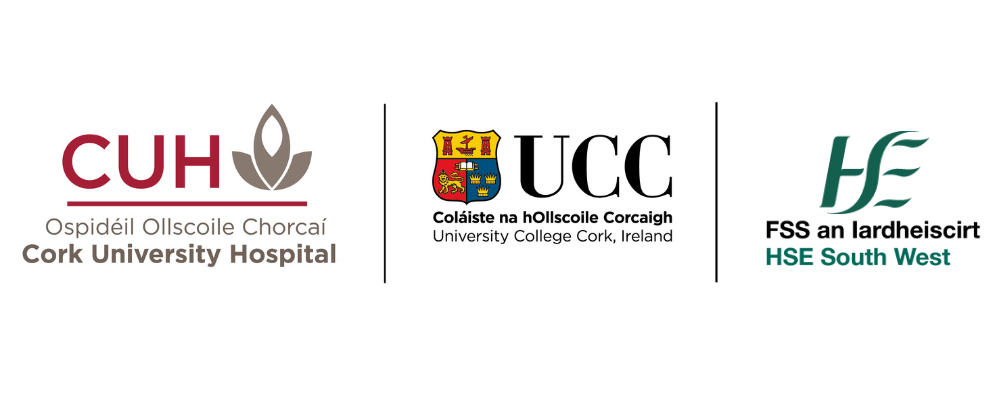Waste Management and Recycling
Cork University Hospital Campus is dedicated to reducing the volumes of waste being generated as a result of the provision of healthcare. CUH sends all Non-Risk Waste for energy recovery with zero waste being sent to landfill. All Healthcare Risk Waste is also sent for energy recovery with only the Special Risk Waste sent for incineration.
As a green campus, CUH is dedicated to ensuring that all suitable waste is recycled. CUH has initiated an up-cycling programme across the campus which facilitates the re-use of furniture and other items being disposed of by departments across the hospital.
Cork University Hospital waste streams are varied and complex. They can be categorised into the following streams;
- Non- Risk Waste
- Recycling Waste
- Compost Waste
- Hazardous Waste
- Healthcare Risk Waste
- Special Risk Waste
Healthcare Non-Risk Waste
Healthcare Non-Risk Waste is defined as waste that doesn’t pose any biological, chemical, radioactive or physical hazard. It is similar in nature to the waste generated in a residential setting. Non-risk waste in CUH is defined as all items that cannot be recycled but are suitable to be sent for energy recovery.

Recycling Waste
Recycling is processing used materials (waste) into new products. Recycling is undertaken to reduce the consumption of raw materials. Recycling uses less energy, as well as reducing air, water and land pollution. In CUH, recycling is carried out in all non-clinical areas (recycling was removed from clinical areas due to contamination of the stream). The categorises of recycling undertaken at CUH are;
- Mixed dry recycling
- Cardboard recycling
- Mixed glass recycling
- Mixed ceramics recycling
- Confidential waste shredding
- Metal recycling
- Biodegradable and organic waste including formula milk
- Residual bulk items not suitable for compaction
- Vegetable oil recycling
In May 2015, CUH’s non-risk waste contractor began rejecting large quantities of dry mixed recyclable (DMR) waste due to contamination of the stream with medical packing. This was an on-going issue for the hospital up until October 2018. Recycling has been re-introduced across non-clinical areas of the hospital since October 2018 with a target to ensure recycling is re-established across all non-clinical areas by July 2020. The successful re-introduction of the recycling stream across the campus is reflected in the monthly increases for the first quarter of 2019.

Compost Waste
Food waste can be a significant issue in hospitals, and due to the nature of the sector, is often difficult to address. A centrally plated system is the method by which food is delivered to patients in CUH. The volume of food waste generated on a daily, monthly and annual basis is set out in Fig.4
Food waste is monitored by the waste office on a monthly basis.

Hazardous Waste
Hazardous Waste is defined as any solid or liquid waste that is considered toxic, chemically reactive, flammable or corrosive. In a healthcare setting examples include;
- Chemicals
- Batteries – recycling
- Fluorescent lights tubes – recycling
- WEE IT equipment and electrical equipment –recycling
- Mobile phones - recycling
Healthcare Risk Waste (HCRW)
Healthcare Risk Waste is any waste that is potentially infectious and/or hazardous to those who come in contact with it. It is categorised as;
- Soft yellow bags of blood stained wastes including dressings from patients with known or suspected pathogens. Sent for disinfection by sterilization.
- Yellow rigid sharps bins/ boxes for needles, lancets, suture removers & other sharps. Sent for disinfection by sterilization.
- Yellow lidded rigid bins for small volumes of free fluid, blood and body substances, pathology laboratory waste. Sent for disinfection by sterilization
- Black lidded rigid bins for anatomical body parts. Sent for incineration

Special HCRW Waste
Special Healthcare Risk Waste is a particularly hazardous form of healthcare risk waste which includes cytotoxic waste; anatomical waste, and certain drugs. It is identified through the containers in which it is stored- Purple lidded rigid bins and purple lidded rigid sharp boxes for cytotoxic materials and pharmaceuticals. All Special Healthcare Risk Waste is exported for incineration.
The 2016-2018 annual waste trends are displayed below;

Biosystems Waste
Biosystems waste is a new stream of Health Care Risk Waste at CUH. In November 2018, CUH commenced a trial introducing Biosystems for sharps across the Cardiac and Renal Centre. The Biosystems is a reusable sharps bin which will enable CUH to reduce plastic waste, thereby supporting the overall CUH sustainability ethos. Stericycle’s Sharps Management Service incorporates our UN-approved Bio Systems reusable container that can be used up to 600 times after washing and disinfection as opposed to containers currently in use which are being shredded, steam sterilised and sent for final disposal after a single use. The use of Bio Systems reusable containers has numerous benefits including;
- Reduces costs
- Reduces negative environmental impact
- Reduces the risk of needle stick injuries
- Improves compliance via waste segregation at ward level
The pilot of the Biosystems was extended for 2019 with a proposed campus wide roll-out to occur in 2020.

